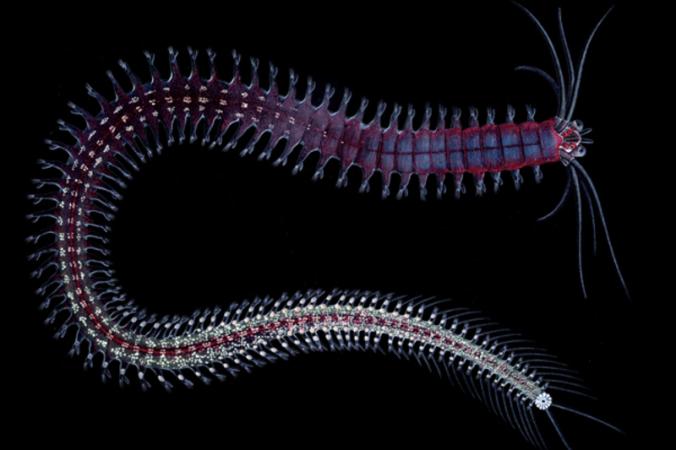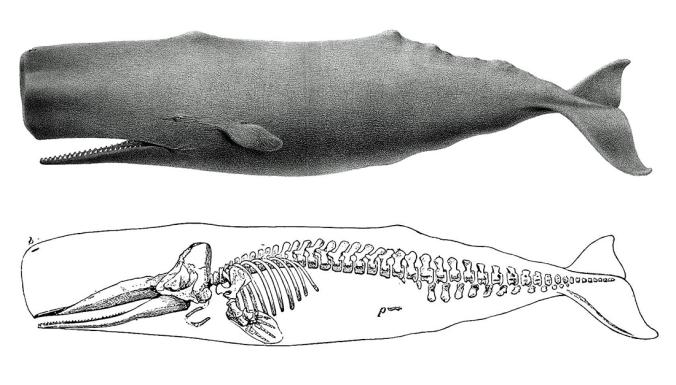Recently I had the pleasure of working on two videos that are now online. I’ve embedded them under the fold.
First up is an animation from TED-ED. I worked with them on a piece explaining where new genes come from, based on some of my articles (such as this and this).
Next is a fun conversation I had on Huffington Post Live with a sharp 11-year-old boy named Cody who wanted to talk about Parasite Rex. I’m hoping my book eventually leads him to find a new way to fight malaria. (No pressure!)
Continue reading “Two new videos: where new genes come from and where new biologists come from”

